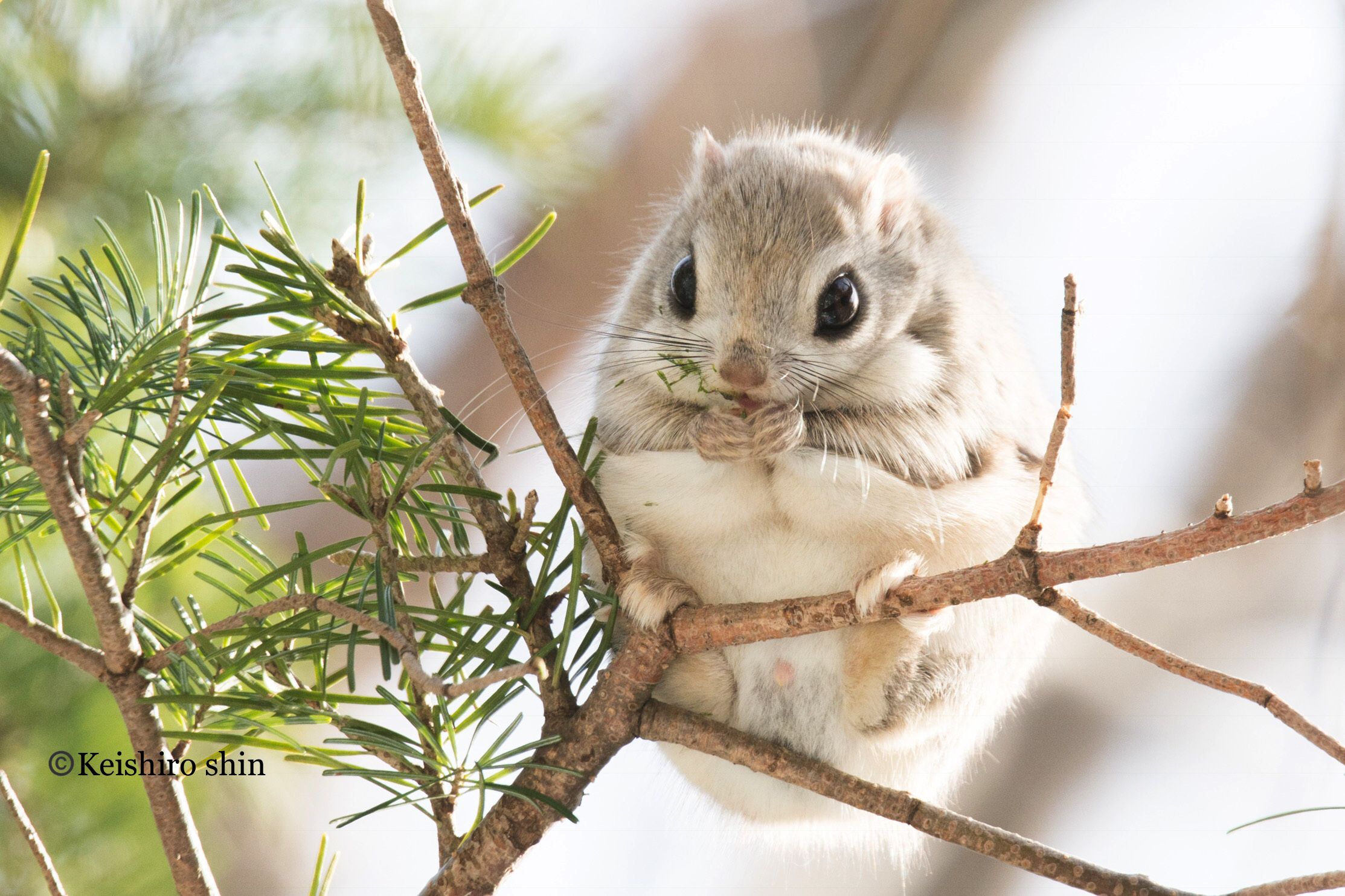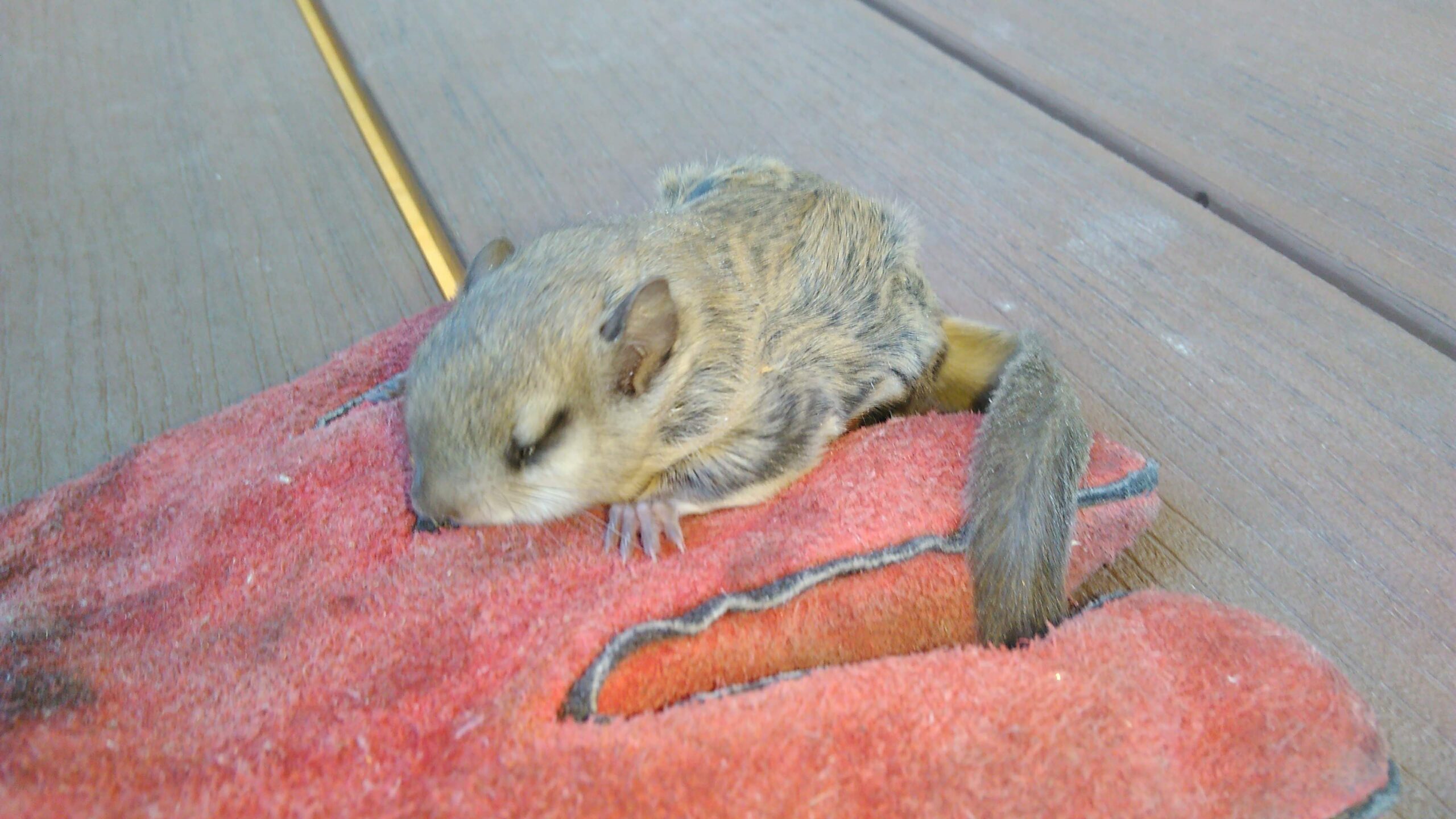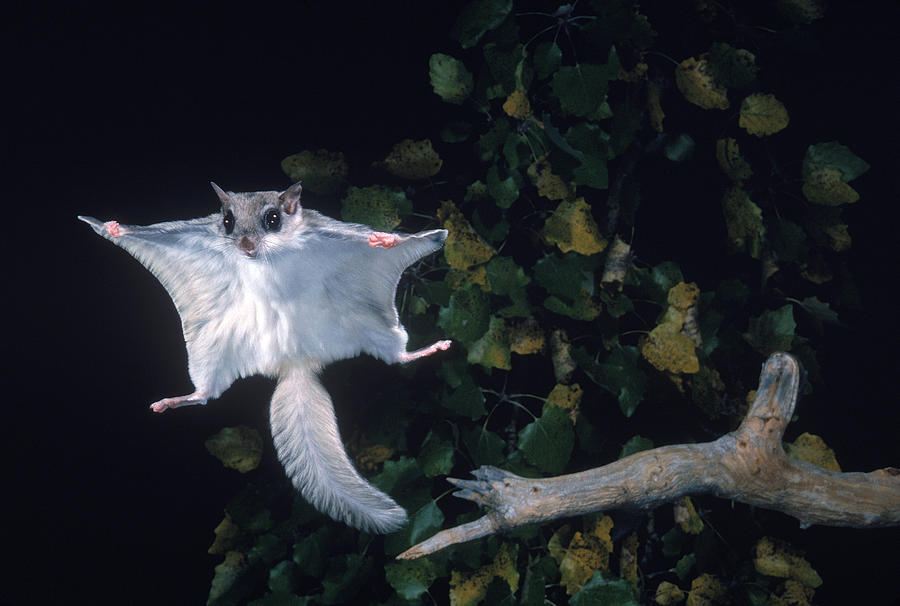

Together with the manus, the cartilage creates a wing tip to be utilized during gliding. Data suggest that these styliform cartilage is mostly homologous to the carpal structures found in other squirrels.They are able to apply lift within the course of these flights, documented to be around 90 meters. Flying squirrels cannot fly like birds or bats instead, thet glide between trees.This specially designed cartilage can only be seen in flying squirrels and not in other gliding mammals. There is a cartilage projection from the wrist that flying squirrels maintain upwards during a lids. The direction and speed of flying squirrels in midair are diverse, caused by altering the positions of their limbs, extremely controlled by little cartilaginous wrist bones.The Siberian flying squirrel is native to some regions of northern Europe.


The three species – Glaucomys sabrinus, Glaucomys volans, and Glaucomys oregonensis – under the genus Glaucomys are endemic to North America and Central America.
FLYING SQUIRREL DOWNLOAD
See the fact file below for more information on the flying squirrel or alternatively, you can download our 22-page Flying Squirrel worksheet pack to utilise within the classroom or home environment. Known for soaring anywhere from 150 to 500 feet, transferring from one tree to another to avoid predators, flying squirrels glide rather than fly. Superheroes of the squirrel world, flying squirrels of the Pteromyini tribe consist of 50 species of squirrels in the Sciuridae family.


 0 kommentar(er)
0 kommentar(er)
